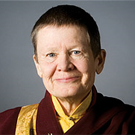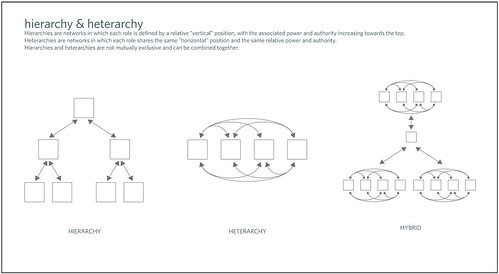As you can read below, Nassim Haramein is the physicist who is developing/has developed a Unified Field Theory. You can read more at his site, The Resonance Project.
About this project
INFINITE REALMS: The Unified Field is a short documentary film that aims to visually and aesthetically describe how all people are connected through key concepts from recent scientific research in physics. Specifically, the research undertaken by physicist Nassim Haramein to create a "Unified Field Theory". This information can change our lives on earth dramatically, because it unlocks deep levels of understanding about our existence and explores direct correlation between the structure of the universe and human consciousness. It is crucial for us to adapt our way of living now and eliminate the out of date practices that are no longer relevant to our future on this planet.
Understanding the science behind Unified Field Theory can be complex to the layman, and in his presentations Nassim Haramein spends up to two weeks explaining everything required to cognitively grasp the theory. Jamie Janover is a lead emissary for Nassim Haramein's Resonance Project and travels the world giving talks on Nassim's theory, which although condensed, still last up to four or five hours. So how do we condense this into a film?
Some of the basic concepts can be shown by incorporating visual examples in the right contexts. For instance: a visual of water spinning down a drain, a hurricane whirling and images of our galaxy swirling. In fact, when you understand the theory, you can see it everywhere you go! It exists in everything, because it is a "theory of everything". This is our attempt as artists to translate some basic concepts of this theory and other related themes into a visual and artistic form, so that it can be interpreted easily, by anyone, without the need for a PhD level comprehension of mathematics or physics.
We realize that it would be a challenge to incorporate everything into one film so if we are funded, this film will serve as the first seed in the aims of growing a network of similar projects. We want to show people how tangible and relevant this information is to everyone!WHAT IS THE UNIFIED FIELD?
The unified field is the space we all live in. All matter we observe is made of atoms and all atoms are made of 99.999999% space, yet we measure the "emptiness" of space to actually be infinitely full with energy!
Unified field theory is a theory of everything that describes the nature of all things, no matter how big or how small. Physicists describe the universe and the nature of reality using a specific language called math to write equations that reflect what we observe in the universe.
Contemporary science we have different equations to describe the big and the small, but if we want to truly understand the fundamentals of our universe then we need to understand the very structure of the fabric of space-time. The study of structure in space is called geometry so to understand space we need to understand the geometry of the fabric of the vacuum and the dynamics of space-time within that structure.
This film will compile the research and theories of many people but focuses on the work of Nassim Haramein of The Resonance Project Foundation. His ground-breaking theories describe the universe in a new and more complete way than other models and his research is starting to unlock deeper levels of understanding about our reality.
Science is progressing exponentially and at an accelerated rate. Our technology is developing just as rapidly. This is a critical period in our evolution to assimilate all that we know about the universe in hopes of coming into coherency and harmony with nature instead of destroying our environment as we interact with it.







 Listen/View
Listen/View









 Buddha in Suburbia tracks the extraordinary journey of 40 year old Lelung Rinpoche, one of Tibetan Buddhism’s three principal reincarnations, as he sets out to gather the lost teachings of his faith and to attempt a return to his homeland.
Buddha in Suburbia tracks the extraordinary journey of 40 year old Lelung Rinpoche, one of Tibetan Buddhism’s three principal reincarnations, as he sets out to gather the lost teachings of his faith and to attempt a return to his homeland.